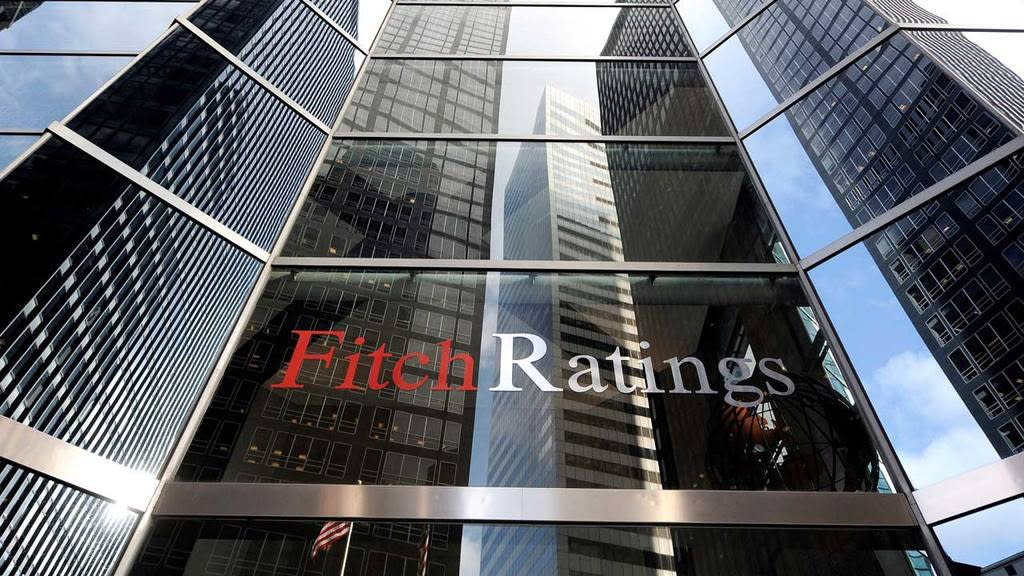While the global monetary tightening persists with the most recent being the US Fed, Bank of England and South Africa Reserve Bank in the wake of notorious inflation, Banks in Africa’s second-largest copper hotspot are in a rate cut relay as they see the government curve sagging in the medium to long term. The Southern African nation recently bagged an International Monetary Fund board approval for an extended credit facility in a $1.3billion bailout following years of fiscal vulnerabilities that kept the Kwacha demand curve, elevated once in the 30s for medium to long-dated tenors. This resonated with the ideal capital asset pricing model with the expectation that higher risk premiums applied for the level of sovereign risk posture especially after the red metal producer was the first dollar debt defaulter in a COVID pandemic era.

The risk skew for these harsh times was towards higher yielding short-dated tenors up to one year while players shied away from longer-dated bonds. Much as the risk behavior has changed with money managers taking risks in longer-dated bonds as they bet on Zambia’s economic recovery following the recent developments with the Washington-based lender, many financial players are hedging their bets to pay off with a sag in the government yield curve. For traders, this is the best time to ramp books with govies for mark-to-market purposes while for those seeking to make a margin on excess funds housed in central bank current accounts at zero interest a little bit of retail lending makes risk management sense.
In the quest to earn interest income while simultaneously growing market share a few banks with first mover advantage have cut rates on mortgage products while others ran aggressive campaigns sweetened by lower cost of credit as the offering for some include collateral free offerings in the retail space. Zambia’s retail lending size is estimated at 10-15% of corporate lending and as such market analysts still justify rate cuts in new offerings even when it seems the lending is below risk-free rates. Other considerations taken into place include concentration risk in shorter tenors as the 1 year is currently priced at 15% a level where it has been for quite some time.

Rating agencies see light at the end of the debt restructuring tunnel
In the labyrinth of a debt restructure encompassing both bilateral and private creditors, the copper producers’ best bet is to get graded debt on new terms agreeable to the G20 common framework only then will rating agencies improve the Southern African nations credit assessment. Commercial banks continue to bear the brunt of default foreign currency long-term issuer rating, that has attracted impairment charges on credit models. However, on the upside, markets remain bullish on likelihood of a successful restructure following attainment of the precursor milestone – the IMF bailout and support from the G20 common framework. Rating agencies continue to take a positive view on Zambia’s recovery prospects with a recent affirmation of Eastern and Southern African Trade Development Bank ‘BB’ rating with a positive outlook by Fitch with a view that some of its creditors like Zambia will resume payments shortly. TDB is critical to Zambia’s short-term commodity imports for trade finance purposes.
The economic rationale post-IMF is that with increased flows into the copper-producing nation liquidity is expected to scale higher, with debt restructure completed and ratings upgrade – the sovereign would access credit lines that decongest the domestic credit money to allow for more onward lending that supports growth. Government securities at this point are underpriced but the correction could earn players margin if positioned correctly in the transition. Average lending rates remain in the range of 22-24%.
The Kwacha Arbitrageur

